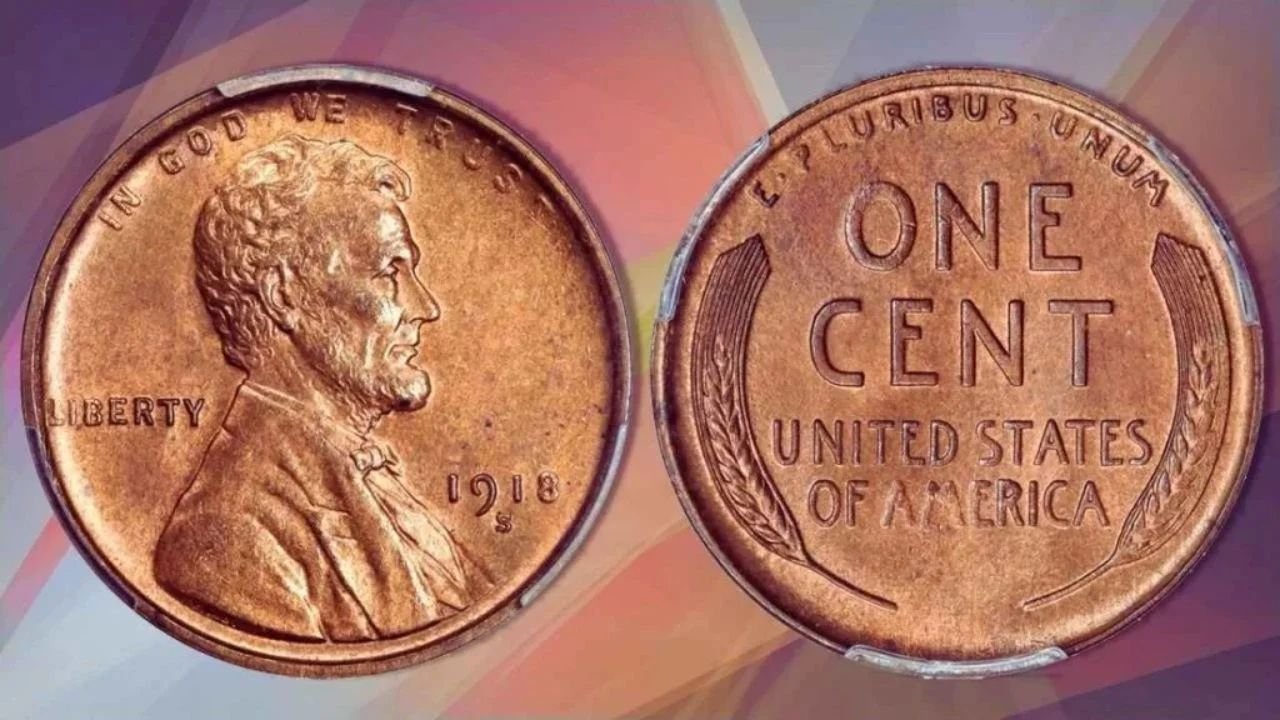In the fascinating world of coin collecting, few pieces spark as much excitement and curiosity as rare and historically significant coins. Among these treasures, the 1976 Bicentennial Quarter holds a special place alongside legendary coins like the Lincoln Wheat Penny. While the Wheat Penny tells stories of early 20th-century America, the 1976 Bicentennial Quarter commemorates a monumental moment in U.S. history—the 200th anniversary of the nation’s independence. Both coins captivate collectors, historians, and enthusiasts alike, not just for their monetary value but for the rich stories they carry.
The Timeless Appeal of the Lincoln Wheat Penny
The Lincoln Wheat Penny was first minted in 1909, celebrating the centennial of Abraham Lincoln’s birth. Designed by Victor David Brenner, it was groundbreaking as the first U.S. coin to feature a real person instead of allegorical figures like Lady Liberty. The obverse proudly displays Lincoln’s portrait, while the reverse features two stalks of wheat symbolizing America’s agricultural heritage.
What makes some Lincoln Wheat Pennies extraordinary is the rare errors or unusual circumstances around their minting. The most famous example is the 1943 bronze Lincoln Wheat Penny. During World War II, copper was reserved for military use, so pennies were struck on zinc-coated steel planchets. However, a small number of 1943 pennies were mistakenly struck on bronze planchets leftover from 1942, making them incredibly rare and valuable—one selling privately for over $1.7 million.
Enter the 1976 Bicentennial Quarter
Fast forward to 1976, the U.S. Mint issued special coins to celebrate America’s bicentennial year. The 1976 Bicentennial Quarter is instantly recognizable for its unique reverse design by Jack L. Ahr, featuring a colonial drummer surrounded by 13 stars representing the original colonies. The obverse displays the dual date “1776–1976,” a clear tribute to 200 years of American independence.
Billions of these quarters were minted and circulated, making them a common sight. But similar to the Lincoln Wheat Penny, certain varieties of the Bicentennial Quarter—especially proof coins, error coins, and those in pristine condition—can fetch impressive prices today. Some rare Bicentennial Quarters have even sold for thousands of dollars, proving that even modern coins can become valuable collectibles.
What Makes These Coins So Valuable?
Whether it’s the Lincoln Wheat Penny or the 1976 Bicentennial Quarter, several key factors influence a coin’s value:
-
Rarity: Limited edition proofs or coins with minting errors often command the highest prices. For instance, the 1976-S proof quarter—struck in San Francisco with a mirror-like finish—was produced in limited quantities, making it far more valuable than common circulation quarters.
-
Condition: Coins that remain in mint state condition, showing no signs of wear or scratches, are especially prized by collectors. Grading services such as PCGS or NGC assess coins on a scale where “MS-70” or “PF-70” signify perfection.
-
Minting Errors: Unexpected mistakes during production, like doubled dies, die cracks, or misaligned designs, can turn a common coin into a sought-after rarity.
How to Identify Valuable Coins Like the 1976 Bicentennial Quarter
If you’re a collector or simply curious, here are a few tips to spot potentially valuable coins:
-
Check the Mintmark: Proof quarters minted in San Francisco carry an “S” mintmark under George Washington’s portrait. Philadelphia quarters usually lack a mintmark, and Denver coins carry a “D.”
-
Look for Errors: Use a magnifying glass to inspect for doubled dates, missing details, or unusual lines which may indicate mint errors.
-
Examine the Surface: Proof coins often have a mirror-like shine, while circulation coins tend to have a matte finish.
-
Consider Silver Content: Some 1976-S quarters contain 40% silver, making them heavier and more valuable than regular clad coins.
The Joy of Coin Collecting: History and Treasure in Your Hands
Whether it’s the near-mythical 1943 bronze Lincoln Wheat Penny or a rare proof 1976 Bicentennial Quarter, these coins offer more than just monetary value. They provide a tangible connection to America’s history—reflecting moments of war, celebration, and innovation.
For many collectors, the thrill lies in discovering these gems in unexpected places: forgotten change jars, old coin collections, or even in circulation. The possibility that a valuable coin could be hiding in your pocket or drawer is what keeps this hobby alive and exciting.
Final Thoughts
The 1976 Bicentennial Quarter is more than a commemorative coin; it’s a symbol of American pride and a reminder that history can be found in the smallest objects. Alongside legendary coins like the Lincoln Wheat Penny, it continues to capture the imagination of collectors around the world.
If you’re new to coin collecting or just sorting through old change, take a closer look. You might just uncover a piece of history—and perhaps even a valuable treasure. Lincoln Wheat Penny
FAQs
-
What is special about the 1976 Bicentennial Quarter?
It celebrates the 200th anniversary of the United States with a unique design and was produced in large quantities, but certain proofs and errors are rare and valuable. -
How can I tell if my Bicentennial Quarter is valuable?
Check for the “S” mintmark, proof-like shine, silver content, and any minting errors or unusual features. -
Are all Lincoln Wheat Pennies valuable?
No, most are common. But rare dates, mintmarks, and errors like the 1943 bronze penny can be worth thousands or more.
If you think you’ve found a rare coin, consider professional grading and appraisal to understand its true value. Lincoln Wheat Penny
90 Kmpl माइलेज और प्रीमियम डिजाइन के साथ सस्ती कीमत पर घर लाइये Bajaj Platina 125 बाइक –
Some Important Link
| Telegram Group | Click Here |
| WhatsApp Group | Click Here |
| Home Page | Click Here |










